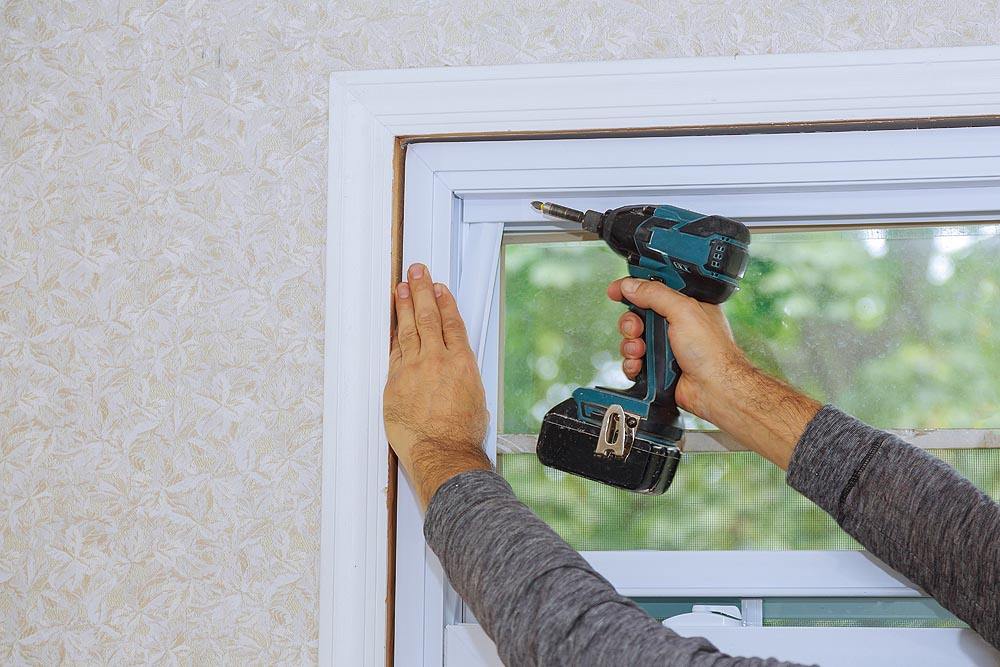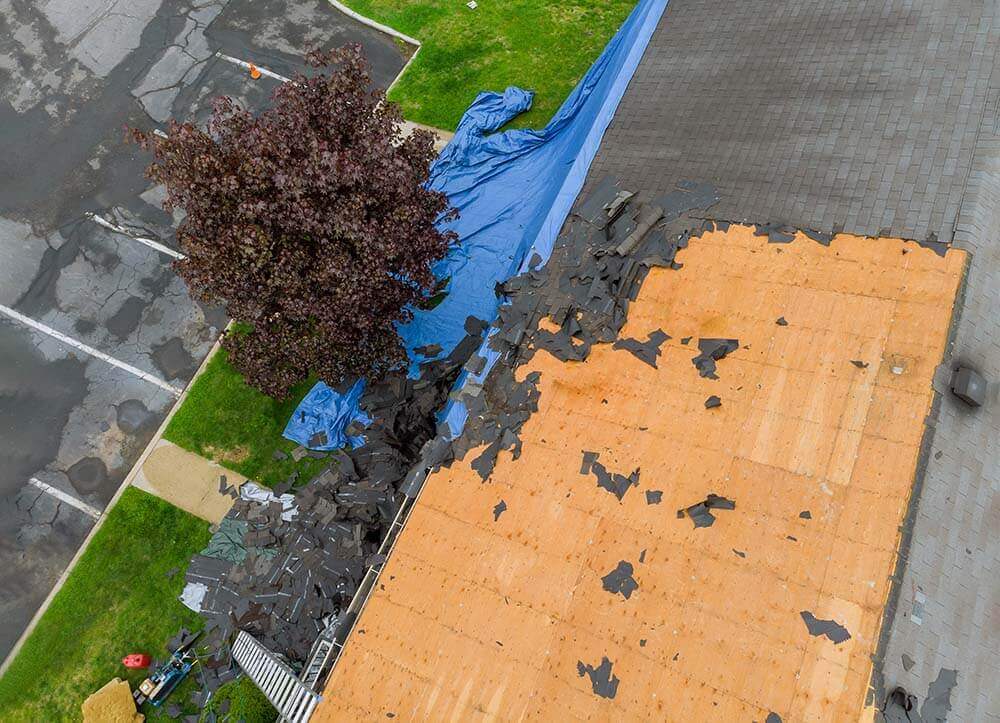When the “check engine” light flashes on your vehicle’s dashboard, you may wonder (or dread) what the trouble is. Even though you may not know the exact problem, you have no doubt that something is in fact wrong. Wouldn’t it be nice if your home’s shingle roof gave you a “check roof” warning light when something’s wrong? Unfortunately, Minnesota roofs don’t warn you until after costly damage has occurred.
Instead, your troubled roof warns you by leaking water through your insulation and ceiling. Your gutters sag, rust or they are brought down by ice dams. On a breezy day, some of your shingles may fly off with the wind. So, if you suspect your roof is trying to tell you something, watch out! — and heed these five warning signs.
Shingle Damage
The typical service life of an asphalt shingle roof is roughly 20 years. However, there are many factors to this blanket estimate.
- Was your roof installed following roofing best practices by a reputable company?
- Are the shingles and other roofing materials of good quality?
- Are your roof, attic and gutters inspected every year, and repairs made as needed?
- Is your roof cleaned of debris, leaves and micro-organisms as needed?
Unless your roof has reached the end of its useful service life, shingle damage and a lack of maintenance are key indicators your roof needs attention.
Flashing Problems
One of the most common types of roof repairs involves flashing. Flashing is a metal material, usually aluminum, that helps to seal areas around the valleys and chimneys, flue stacks and other roofing protrusions. When the flashing is correctly installed, it blocks water seepage in those areas and helps prevent wood rot and deterioration.
Following prolonged periods of wind-driven storms or impacts to the flashing areas, inspect your roof from the ground using binoculars. Never climb onto your roof. Leave that safety risk to the roofing professionals.
Water Leaks or Stains
Water leaks or water stains on your home’s ceiling or walls is an immediate red flag telling you that you have a water problem somewhere. Plumbing pipes, a leaky water heater or an overflowing A/C drip pan are suspects. Though, your gut may be telling you that it’s your roof.
Take a look inside your attic to see if you can detect the water leak source. Check the insulation to see if it’s wet or moldy — more telltale signs of impending roof repairs.
Ice Dams
An efficient attic system is important to the service life of your roof. If your attic isn’t well sealed and insulated with good ventilation, ice dams are going to form on your roof’s eaves.
As snow accumulates on your roof, warmer temperatures in the attic melt the snow. The water runs down to the eaves, which aren’t exposed to attic heat. The water freezes and ice begins to build up. If your roof regularly gets ice dams, call your roofing professional to inspect your attic and roof.
Good Grief! Gutter Problems, Too?
Yes, your gutter system is important to the life service of your roof. Clogged gutters stop water flow. That’s bad. Sitting water eventually seeps into roofing materials. Moreover, leaky gutters, rust and sagging gutters can damage your home’s foundation. Repair or replace those old gutters!
If you need any help with your home’s roof repairs, please contact Welter Construction today!










